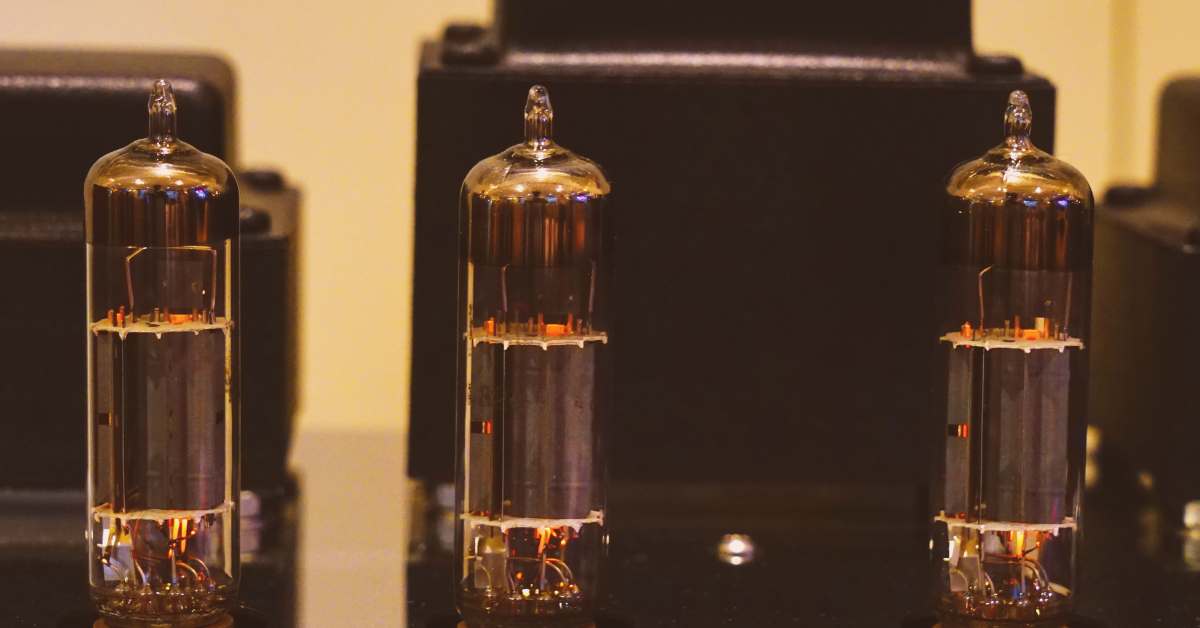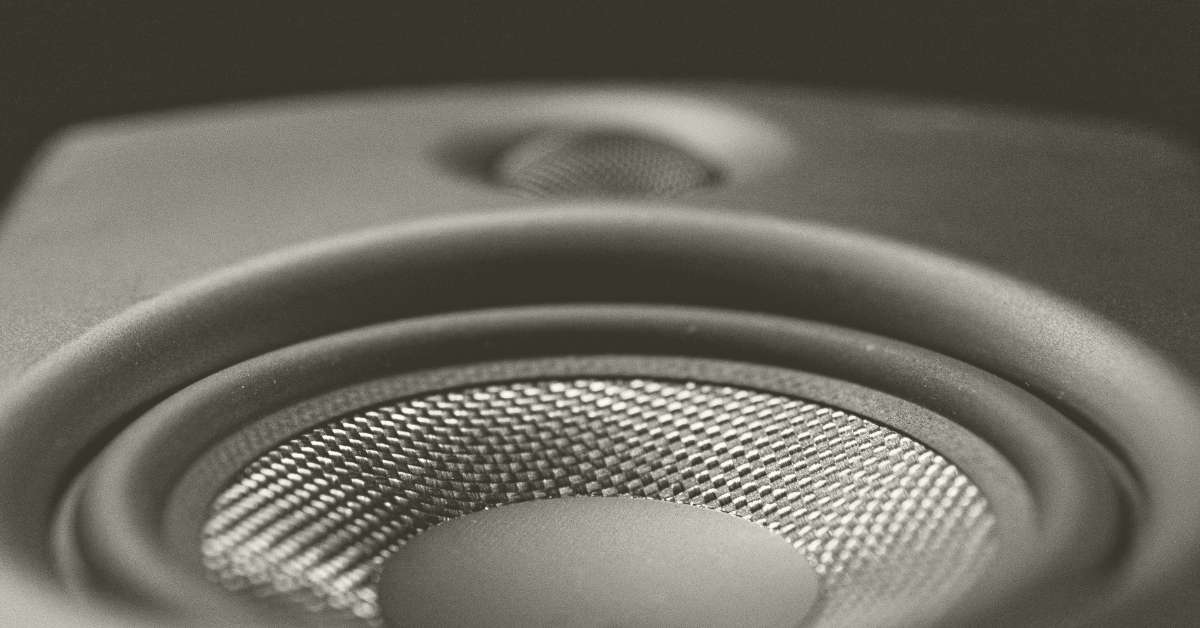The choice between bookshelf or tower speakers is a critical decision for anyone looking to optimise their audio experience. These two speaker types serve different purposes and cater to distinct preferences. Understanding their characteristics, strengths, and limitations will help you select the right option for your space and listening needs.
What Are Bookshelf Speakers?
Bookshelf speakers are compact audio devices designed for placement on stands, shelves, or furniture. They are engineered to deliver precise sound reproduction, particularly in smaller spaces. Their small cabinets house one or more drivers, such as tweeters and woofers, to cover high and mid-frequency ranges.
Key Features:
- Compact size makes them ideal for apartments or smaller rooms.
- Precise imaging and clarity, suitable for near-field listening.
- Typically require a subwoofer to reproduce low-frequency sounds.
Applications:
- Excellent for desktop setups, stereo systems, and secondary audio zones.
- Commonly paired with external subwoofers for full-range sound in home theatres.
Example: The PSB Alpha P5 Compact Bookshelf Speakers are highly praised for their clear midrange, smooth treble, and impressive bass performance relative to their size. Perfect for small to medium rooms, these speakers deliver natural, balanced sound for both music and movies, making them a versatile choice for audio enthusiasts.
What Are Tower Speakers?
Tower speakers, also known as floorstanding speakers, are larger units designed to stand directly on the floor. They are built to produce powerful, room-filling sound across a broader frequency range, thanks to their multiple drivers and large enclosures.
Key Features:
- Larger cabinets support better bass extension without additional subwoofers.
- Multiple drivers (tweeters, midrange, and woofers) ensure full-range audio reproduction.
- Require more space for optimal placement and performance.
Applications:
- Ideal for large living rooms or dedicated home theatre systems.
- Preferred for dynamic music playback, especially in larger spaces.
The Graham Audio LS5/9f Floorstanding Monitor Loudspeakers are renowned for their natural tonal balance, detailed soundstage, and exceptional midrange clarity. These speakers excel in larger spaces, offering audiophile-grade performance for music enthusiasts seeking both precision and immersion.
Sound Quality Comparison
Bookshelf and tower speakers exhibit notable differences in sound quality, driven by their unique designs and physical dimensions.
Bookshelf Speakers
- Precision and Clarity: Deliver highly detailed and accurate imaging, excelling in reproducing high and mid frequencies with remarkable clarity.
- Bass Limitations: Their compact enclosures limit bass extension, often requiring the addition of a subwoofer to achieve deep, resonant lows.
- Ideal Settings: Best suited for small to medium-sized rooms where their focused sound can shine without overwhelming the space.
Tower Speakers
- Full-Range Performance: Produce a more robust and immersive audio experience, with extended bass response facilitated by larger drivers and spacious cabinets.
- Expansive Soundstage: Capable of creating a wide and dynamic soundstage, ideal for filling larger rooms or replicating the grandeur of live performances.
- Versatile Depth: Their natural bass response eliminates the need for additional subwoofers in most setups, delivering balanced audio across the frequency spectrum.
These distinctions make bookshelf speakers perfect for precise, near-field listening, while tower speakers cater to listeners seeking powerful, room-filling sound with deeper tonal richness.
Room and Placement Considerations
Room size and acoustics are critical factors when deciding between bookshelf and tower speakers, as both types respond differently to spatial constraints and placement strategies.
Bookshelf Speakers
- Optimal Fit for Smaller Spaces: Compact design makes them ideal for small to medium-sized rooms where space is at a premium.
- Flexible Placement Options: Can be positioned on stands, shelves, desks, or other furniture, offering adaptability to various setups.
- Near-Field Listening: Designed to deliver focused sound in close-range settings, ensuring precise audio without overpowering the room's acoustics.
- Minimised Room Interaction: Smaller cabinets produce less low-frequency energy, reducing the likelihood of bass-related room resonances in confined spaces.
Tower Speakers
- Best for Large Rooms: Tower speakers thrive in expansive spaces, where their larger drivers and enclosures can fully express their dynamic range.
- Bass Resonance and Soundstage: Require ample room for bass waves to develop properly and for their wide soundstage to envelop the listener.
- Strategic Placement: Must be positioned thoughtfully, typically away from walls and corners, to prevent excessive bass buildup and ensure even sound dispersion.
- Fixed Location: Due to their size and weight, tower speakers often demand a permanent, well-planned placement within the room.
Acoustic Optimisation Tips
- Acoustic Treatments: Use rugs, curtains, wall panels, or bass traps to manage reflections, echoes, and standing waves for better overall sound quality.
- Speaker Angling: Slightly angle the speakers toward the listening position for improved imaging and clarity.
- Distance from Boundaries: Maintain recommended distances from walls (as specified by the speaker manufacturer) to avoid acoustic interference and muddy bass.
Speaker Aesthetics and Practical Factors
The aesthetic and practical considerations of bookshelf and tower speakers significantly influence their appeal and suitability for different environments.
Bookshelf Speakers
- Discreet Design: Compact and understated, bookshelf speakers blend seamlessly into modern and minimalist interiors, making them an unobtrusive choice for home setups.
- Versatile Placement: Their small footprint allows placement on shelves, stands, desks, or furniture, offering flexibility in integrating them into various spaces.
- Mobility and Adaptability: Lightweight and easy to reposition, they are ideal for users who frequently rearrange their setups or move between rooms.
- Decor Compatibility: Available in diverse finishes and styles, they can complement a wide range of decor themes without dominating the room visually.
Tower Speakers
- Visual Impact: Tower speakers command attention with their tall and imposing structure, often serving as a design focal point in living rooms or dedicated audio spaces.
- Premium Presence: Their substantial size and sophisticated construction lend a sense of luxury and authority to the listening environment.
- Fixed Positioning: Due to their larger footprint and weight, tower speakers are less portable and typically require a designated, permanent location for optimal performance.
- Customisable Looks: Many models come in a variety of finishes, allowing users to match them with furniture or make them stand out as statement pieces.
Bookshelf Speakers vs. Tower Speakers: A Comparative Table
| Feature | Bookshelf Speakers | Tower Speakers |
|---|---|---|
| Size & Design | Compact, designed for placement on stands, shelves, or furniture. | Larger, freestanding, and designed to stand directly on the floor. |
| Sound Quality | Precise imaging and clarity; excellent for high and mid-frequency ranges. | Full-range performance with robust bass and expansive soundstage. |
| Bass Performance | Limited bass extension, typically requires a subwoofer for deep bass. | Strong natural bass without requiring additional subwoofers. |
| Room Suitability | Ideal for small to medium rooms; minimal room interaction. | Best for large spaces; requires ample room for bass waves and sound dispersion. |
| Placement Flexibility | Highly versatile; can be placed on shelves, desks, or stands. | Requires fixed, strategic placement, typically away from walls and corners. |
| Aesthetic Appeal | Compact and discreet; blends easily into various decor styles. | Commanding and luxurious presence; can serve as a focal point in the room. |
| Mobility | Lightweight and easy to reposition or adapt to different setups. | Heavier and less portable; designed for permanent placement. |
| Applications | Desktop setups, stereo systems, and secondary audio zones. | Home theatres, large living rooms, and dynamic music playback. |
| Acoustic Considerations | Reduced bass energy minimizes room resonance in smaller spaces. | Requires acoustic treatments for optimal performance in large rooms. |
| Best For | Users with limited space who value precision and imaging over bass depth. | Users seeking powerful, immersive sound and standalone setups for larger spaces. |
| Complementary Equipment | Often paired with a subwoofer for full-range sound. | Usually standalone with no additional subwoofer required. |
Making the Right Speaker Choice
The decision between bookshelf and tower speakers ultimately depends on your specific needs:
Choose Bookshelf Speakers If:
- You have limited space or a small room.
- You value precision and imaging over bass depth.
- You plan to pair them with a subwoofer for a full-range experience.
Choose Tower Speakers If:
- You want powerful, room-filling sound with natural bass.
- You have a larger room or dedicated home theatre space.
- You prefer a standalone setup without needing a subwoofer.
Conclusion
The choice between bookshelf or tower speakers is a balance of space, sound quality, and personal preference. Bookshelf speakers excel in precision and adaptability, while tower speakers dominate in power and immersion. Evaluate your room, listening habits, and aesthetic priorities to make the perfect choice for your audio setup.



